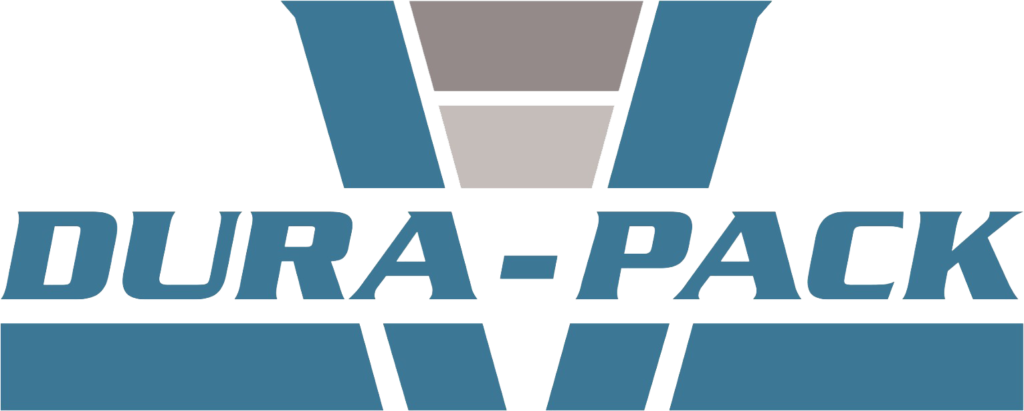Adding bagging machines boosts gummy production efficiency. It links mixers, conveyors, and bag packers into one flow. A smooth system cuts manual handling and errors. This guide shows each step for solid integration.
Benefits of Integration
Fully integrated lines cut labor costs and speed up output. They reduce manual moves and lower contamination risk. Data from every step feeds into one control panel. Managers use clear data to spot and fix issues fast.
Types of Bagging Machines
There are three main bagging machines for gummies. Each fits different bag styles and speeds. Picking the right type is key for smooth integration. The table below shows key features.
| Type | Bag Style | Speed Range | Typical Use |
|---|---|---|---|
| Vertical Form Fill Seal | Stand-up Pouch | 20–80 packs/min | High volume retail |
| Horizontal Flow Wrapper | Flow Pack | 60–150 packs/min | Snack bars and strips |
| Pre-made Pouch Filler | Zip-lock Bag | 30–100 packs/min | Specialty products |
Planning Your Production Line Layout
Start by mapping the flow of ingredients and finished goods. Allow enough space for conveyors and robot arms. Mark service aisles for maintenance and cleaning. A tidy layout cuts changeover time.
Conveyor and Feeder Setup
Choose conveyors that match machine speed and gummy size. Gentle belts stop candies from sticking or breaking. Feeders must deliver a steady dose into each bag. Early sensors can detect jams and stop damage.
Control Systems and Software
A central control system links all machines and sensors. It shows real-time data on speeds, counts, and alarms. Modern software offers visual dashboards for quick checks. It also logs data for audits and traceability.
Ensuring Product Quality with Vision Systems
Vision systems inspect gummies for defects and color changes. They check fill levels and seal quality on each bag. Rejects are removed automatically without stopping the line. This ensures every pack meets high standards.
Speed and Throughput Calculation
Match mixer, conveyor, and bagger rates to find line speed. A slow mixer can bottleneck a fast bagger. Run trials to set each machine’s pace. Record data to predict daily output accurately.
Hygiene and Cleaning Protocols
Design machines for easy disassembly and washdowns. Clean-in-place systems reduce downtime and risk. Set daily, weekly, and monthly cleaning schedules. Use detailed checklists so staff follow each step.
Workforce Training and Roles
Train operators on machine setup, changeovers, and basic repairs. Cross-train staff to cover all shifts. Define clear roles for quality checks and maintenance. Regular refreshers keep skills sharp and reduce errors.
Maintenance and Downtime Prevention
Use predictive maintenance by tracking vibration and temperature. Schedule preventive tasks during planned downtime. Keep critical spare parts in stock for fast repairs. This approach cuts unplanned stoppages.
ROI and Cost Considerations
Calculate costs for machines, installation, and training. Compare these with savings from lower labor and waste. Many factories see payback in 12 to 18 months. Better uptime boosts long-term profit.
Case Study: Small Candy Factory Integration
A small candy factory added a VFFS machine in early 2024. They linked it to their mixer and conveyor line. Output jumped from 5,000 to 9,000 packs per day. Error rates fell from 4% to 0.8%.
The project cost was recouped in 14 months. Staff reported easier shifts and clearer roles after integration.
Additional Case Study: Large Factory Upgrade
A large producer upgraded two baggers in mid-2024. They used a new SCADA system to tie machines together. Daily throughput rose by 25%. Monthly downtime dropped by 30%.
This upgrade paid for itself in under a year. The company now plans to add vision checks on gummy shapes.
Before and After Metrics
| Metric | Before Upgrade | After Upgrade |
|---|---|---|
| Packs per Day | 50,000 | 62,500 |
| Downtime (%) | 12 | 8 |
| Error Rate (%) | 3.2 | 1.1 |
Detailed Integration Phases
Follow these steps for smooth machine integration:
- Requirements Gathering: List capacity, budget, and space needs.
- Vendor Selection: Compare machine specs and service options.
- Pilot Testing: Run a trial line to spot issues early.
- Full Installation: Install all machines and link controls.
- Validation: Test output, quality, and safety before launch.
Technical Protocol Selection
Choose the right communication protocol to link controls:
| Protocol | Speed | Use | Compatibility |
|---|---|---|---|
| Modbus TCP | 100 Mbps | Simple PLC links | Most baggers |
| OPC-UA | 1 Gbps | Secure data transfer | New SCADA |
| EtherNet/IP | 1 Gbps | Real-time control | Vision systems |
Common Challenges and Solutions
Belt-width misalignment can jam gummies. Adjust guide rails and test with sample candy. Sticky gummies may cling to sensors. Use air knives and non-stick belts to keep lines clear.
Data mismatches can break communication. Standardize protocol settings and firmware. Untrained staff may misconfigure machines. Provide clear manuals and hands-on training sessions.
Action Plan for Integration
- Map current processes and set integration goals.
- Select machines that match your output needs.
- Test small pilots before full rollout.
- Train staff on new systems and protocols.
- Monitor metrics and refine settings continuously.
Future Trends in Gummy Bagging Automation
Robots will load gummies directly into bags without conveyors. AI will predict maintenance needs to avoid breakdowns. Modular machines will let factories adjust lines fast. Flexibility and low waste will drive future systems.
Conclusion
Integrating gummy bagging machines transforms your production line. From planning to training, every step matters — but it starts with selecting the right gummy packaging equipment. These machines form the core of a smooth, high-output system. Data-driven control systems keep lines running smoothly. Follow this guide to boost output, cut waste, and improve quality.
